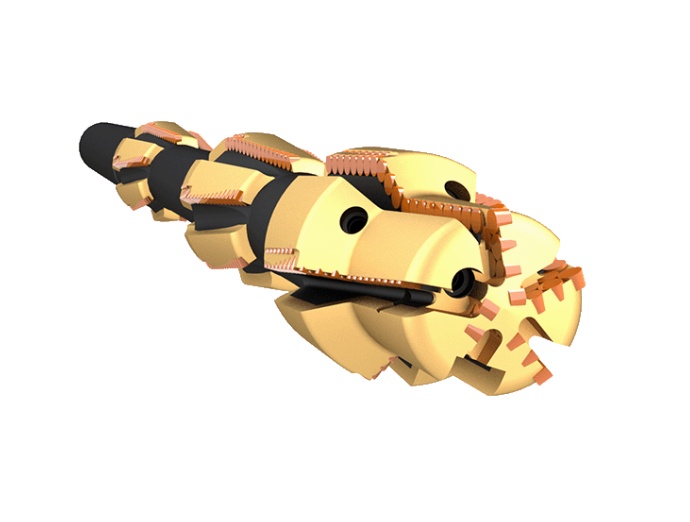AIRTRONIX PUMPS Whipstock drilling is a specialized method employed in the oil and gas industry. It allows for deviation or redirection of the borehole from its initial path. With a multitude of challenges faced in the drilling industry, tools like the whipstock play a crucial role in addressing the complexities associated with achieving precision. In this article, we’ll delve into the principles behind whipstock drilling, its various techniques, and its modern applications.
Understanding the Principles of Whipstock Drilling
Whipstock drilling relies on the whipstock, a wedge-shaped tool placed inside the borehole. Its function is to redirect the drill bit in a desired direction. Traditionally, when wells were dug straight down, reaching reservoirs positioned laterally was challenging. This was until whipstocks came into the picture, enabling directional drilling and allowing drillers to navigate and access those difficult-to-reach reservoirs.
Techniques Associated with Whipstock Drilling
- Initial Positioning: One of the most crucial steps in the process, the whipstock needs to be precisely positioned. Drillers use gyroscopic tools or magnetic surveys to determine the exact orientation of the borehole. Based on these readings, the whipstock is positioned to ensure the deviation is in the desired direction.
- Anchoring the Whipstock: Once positioned, the whipstock needs to be firmly anchored in place to ensure it doesn’t move during drilling. This is typically done using mechanical or hydraulic anchors that firmly grip the walls of the borehole.
- Mill and Drill: After anchoring, a specialized milling tool is run down to create an initial cut in the casing or rock. Following this, the drilling assembly, including the drill bit, proceeds to deviate in the direction set by the whipstock.
Modern Applications of Whipstock Drilling
With the increasing complexity of reservoir structures and the demand for maximizing the recovery of hydrocarbons, the role of whipstock drilling has expanded.
- Multiple Reservoir Access: Modern reservoirs are often multi-layered, with multiple oil or gas pockets scattered laterally. Whipstock drilling allows for a single well to access multiple reservoirs, reducing costs and increasing efficiency.
- Bypassing Obstructions: In cases where drillers encounter obstructions or drilling hazards in the borehole, whipstocks can be used to navigate around these obstacles, ensuring continuous drilling operations.
- Re-entry Operations: In situations where old wells need to be re-entered to access untapped reservoirs, whipstock drilling offers an efficient method. It allows for creating new paths from existing boreholes, thus reviving old wells.
Conclusion
Whipstock drilling Whipstock drilling has proven to be an invaluable technique in the world of oil and gas exploration. As technology continues to evolve, the precision and efficiency of whipstock operations are bound to improve, ensuring that we can access energy resources in the most challenging environments.


No comments yet